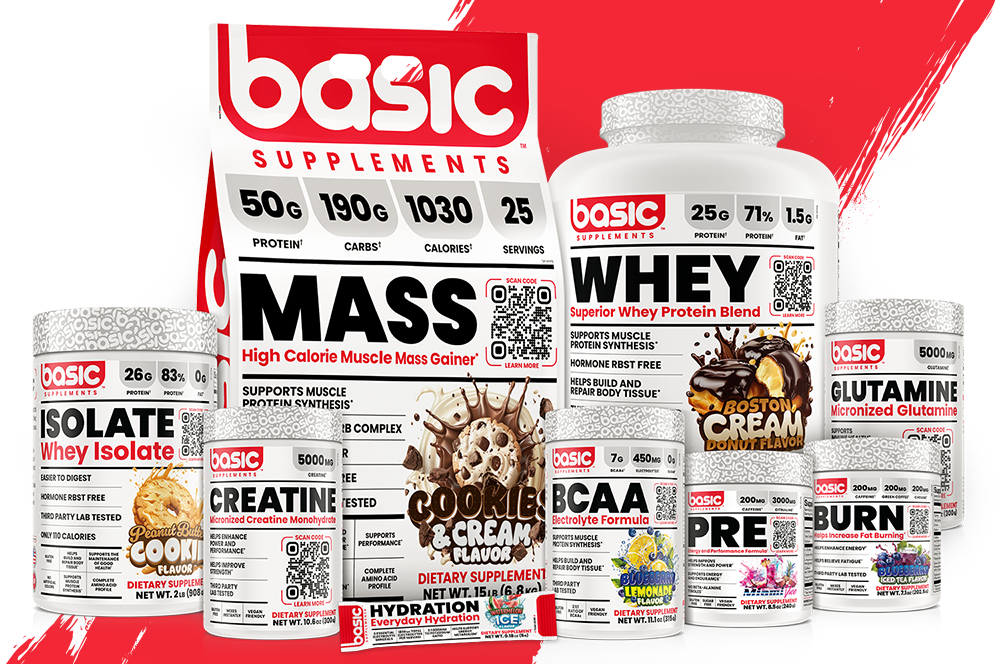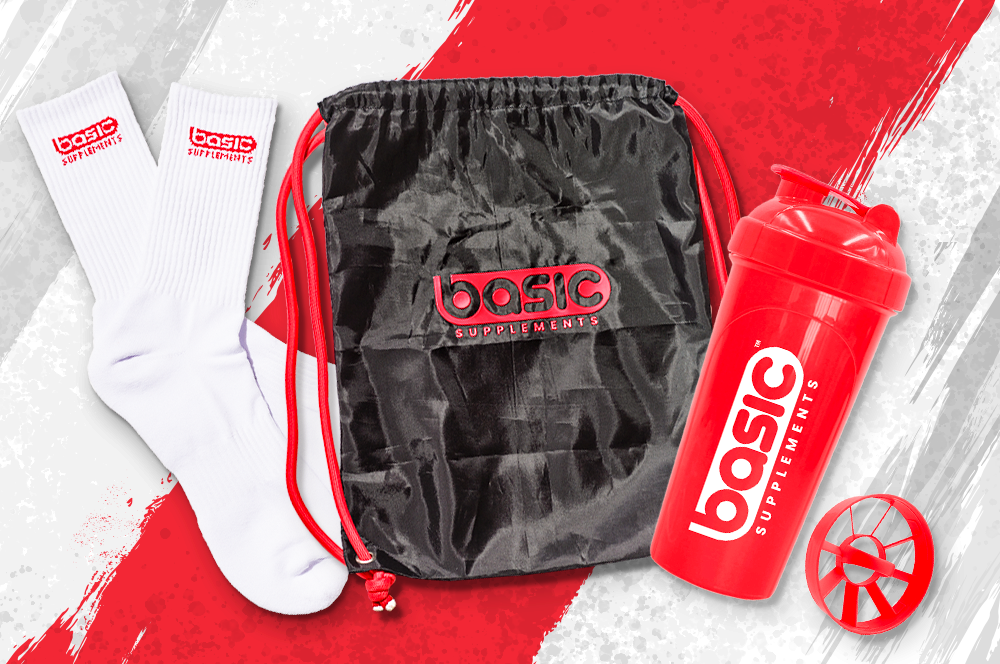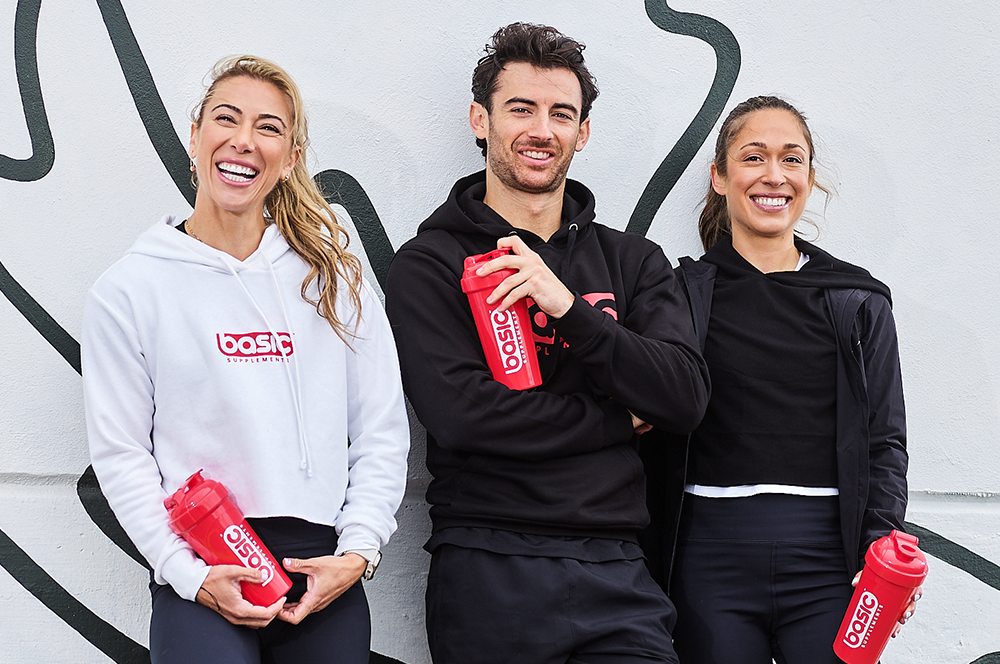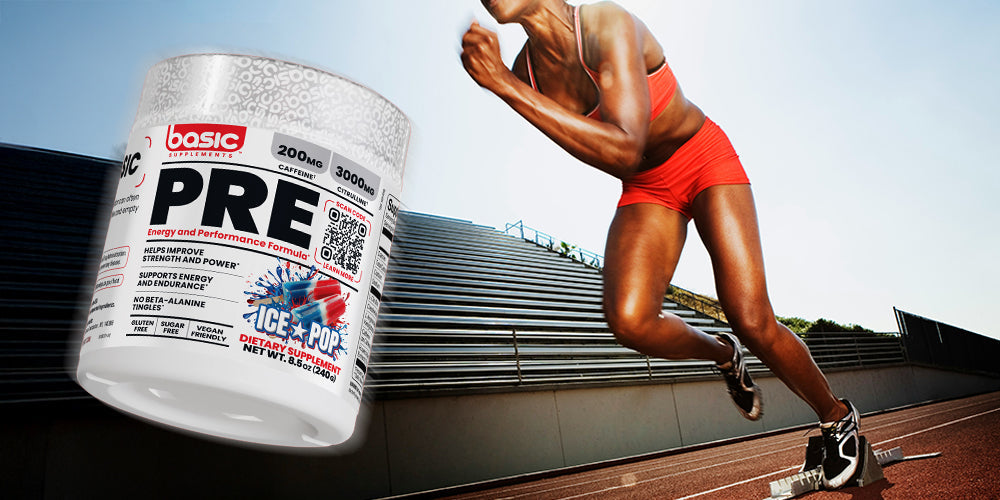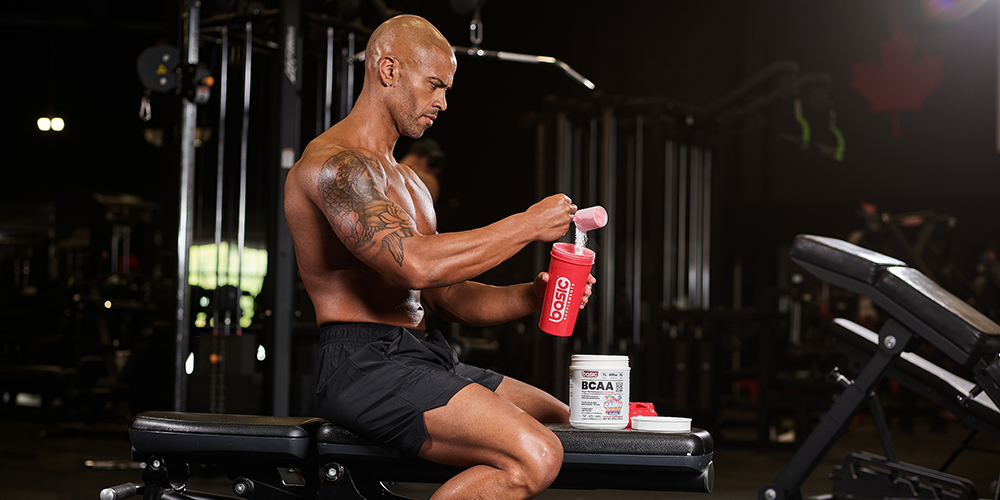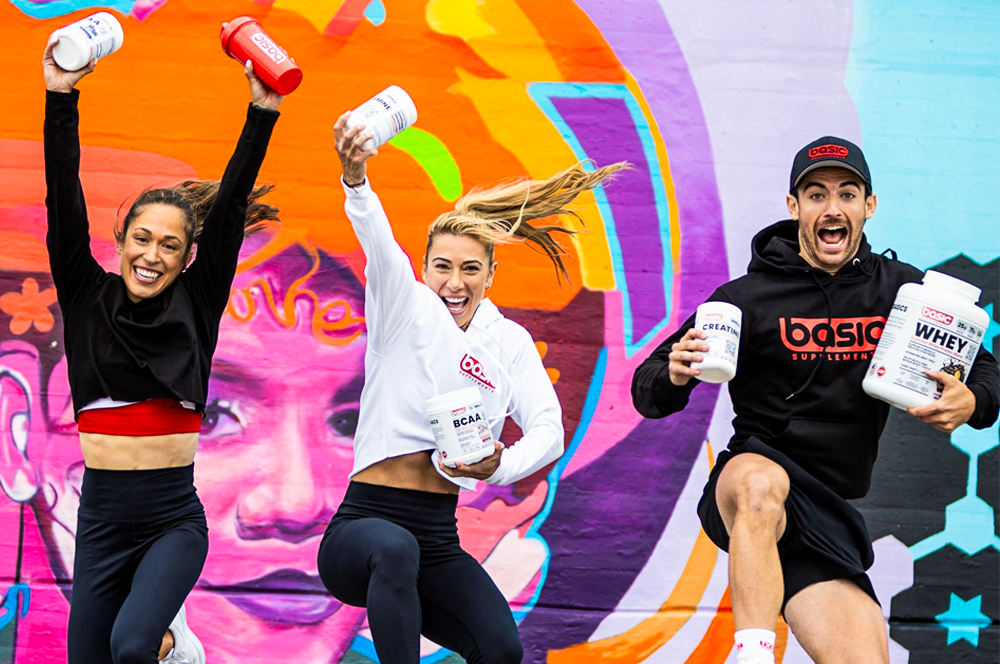Active recovery days are an often-overlooked yet essential component of a well-rounded fitness routine. While you might be inclined to push hard every day, giving your body a break through low-intensity activity is just as important for maximizing progress, reducing fatigue, and preventing injury. Let’s dive into the details of how to effectively integrate active recovery days into your workout split.
What Is Active Recovery?
Active recovery refers to performing low-intensity exercises on days when you're not lifting heavy or engaging in high-intensity workouts. Unlike complete rest days, active recovery allows your body to stay in motion while promoting recovery through lighter movements. The key here is to keep the intensity low, ensuring you're not overloading your body but rather helping it recover actively.
Types of Active Recovery
Not all active recovery is created equal, and there are a variety of exercises that fall into this category. Here are some effective methods to consider:
-
Low-Intensity Cardio
Activities like walking, cycling, or swimming at a light pace are fantastic ways to keep your body moving while avoiding strain. These exercises promote blood flow to your muscles, helping to flush out metabolic waste products and speed up recovery.
-
Mobility Exercises
Mobility work targets improving the range of motion of your joints, which can aid in flexibility, injury prevention, and overall movement efficiency. Think of exercises like foam rolling, dynamic stretching, or resistance band work. It helps release tension, preventing tightness and muscle imbalances.
-
Yoga
Yoga is a powerful tool for active recovery. It focuses on controlled breathing and holding stretches, helping to elongate muscles, improve flexibility, and reduce muscle tightness. Yoga’s gentle flow also aids in mental relaxation, helping to recharge after intense workouts.
Sample Active Recovery Day Routine
An ideal active recovery routine should be soothing and restorative, focusing on light movement rather than intensity. Here’s an example of how to structure your day:
-
Mobility/Stretching (15-20 minutes):
Perform dynamic stretches such as leg swings, arm circles, and hip rotations. Follow this with static stretches, holding each for 30 seconds to 1 minute, focusing on areas like the hamstrings, quads, and lower back.
When to Schedule Active Recovery Days
Timing is key when it comes to active recovery. Listening to your body is crucial—if you’re feeling sore, fatigued, or mentally drained, it’s a good sign that you need an active recovery day. Generally, incorporate these days into your workout split every 2-3 days, especially after intense strength or cardio sessions. The goal is to give your body the rest it needs without complete stagnation.
Don’t wait for exhaustion to dictate when you take it easy; plan these days in advance so you can balance your workout intensity effectively. If you're feeling exceptionally sore after an intense leg day or high-impact training session, schedule a recovery day the following day.
Listen to Your Body
Ultimately, active recovery should feel rejuvenating, not taxing. Pay attention to how your body responds to different activities. If your muscles are still aching after a gentle walk or yoga session, you might need more rest. Alternatively, if you’re feeling restless, you can up the intensity slightly but still keep it low-impact.
Incorporating active recovery into your workout routine isn’t about taking it easy; it’s about optimizing your progress and giving your body the chance to repair and rebuild. By strategically scheduling recovery days, you’ll improve performance, prevent burnout, and maintain consistency over the long haul.
So, next time you’re planning your workout week, don’t forget to schedule in these vital active recovery days—your body will thank you in the long run.


